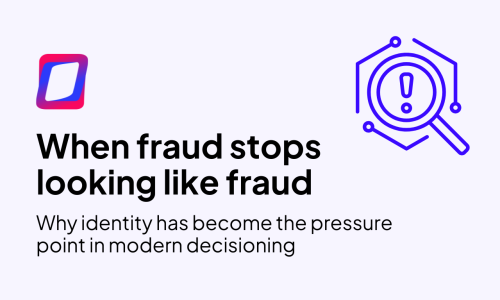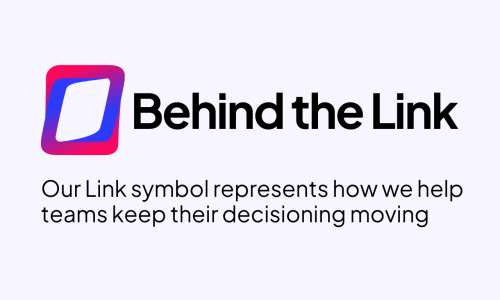Potential surge in SME lending expected to continue in Q3 and Q4 2025
As 2025 unfolds, small and medium-sized enterprises (SMEs) are shifting their focus from survival to expansion, signalling a significant uptick in demand for business finance. This resurgence is particularly evident in the appetite for larger loans exceeding £100,000, with alternative lenders poised to play a pivotal role in meeting this demand.
What is SME lending?
SME lending refers to the provision of loans and credit facilities specifically tailored to small and medium-sized enterprises (SMEs). These businesses, which form the backbone of many economies, often require external financing to support various operational needs, ranging from purchasing new equipment and hiring staff to funding expansion plans or bridging cash flow gaps.
Unlike larger corporations, SMEs may not have extensive financial reserves or access to capital markets, making access to timely, flexible lending essential for their growth and resilience. SME lending can be offered by traditional banks, alternative lenders or fintech platforms, each bringing different advantages in terms of speed, risk appetite, and underwriting approach.
With technological advancements creating new opportunities for SMEs to grow, we are expecting to see a surge in SME lending in 2025.
SMEs transition from survival to growth
Recent data indicates a notable shift in SME priorities. A quarterly survey by business loans provider, iwoca, reveals that 42% of finance brokers anticipate the most substantial growth in demand for loans over £100,000 in 2025. Currently, such loans constitute over a third (36%) of brokers’ most requested loan amounts in Q1 2025, maintaining a consistent trend over recent quarters. This sustained interest underscores SMEs’ renewed confidence and ambition to invest in their future.
The same survey highlights a decrease in recession concerns among SMEs, with only 46% of brokers reporting that their clients are worried about a potential downturn, which is a 5 percentage point drop from the previous quarter. This optimism is reflected in the purposes for which SMEs are seeking large loans: 26% aim to expand or relocate their premises, while 13% intend to invest in stock or equipment purchases.
AI and technology potentially fueling SME expansion
The integration of artificial intelligence (AI) and advanced technologies is a significant driver of SME growth. AI enables businesses to streamline operations, enhance customer experiences and make data-driven decisions. However, adopting such technologies often requires substantial investment, prompting SMEs to seek larger loans to fund these initiatives.
A study analyzing 85 SMEs found that while data science and AI offer vast benefits, including improved productivity and innovation, many SMEs face challenges in integrating these technologies due to limited resources.
For lenders, this presents both a challenge and an opportunity. SMEs seeking to implement AI and data-driven solutions will require access to funding not only for equipment and software but also for training, recruitment and infrastructure upgrades. This growing demand for tech-driven investment means lenders must be prepared to assess risk in a more nuanced way, factoring in the long-term value of digital transformation. Financial institutions that can offer flexible, fast and data-informed lending products, especially those that understand the specific hurdles SMEs face in adopting AI, will be best placed to capture this emerging market.
Alternative lenders: meeting the demand for flexibility and speed
Traditional banks are increasingly being bypassed in favor of alternative lenders. The iwoca survey indicates that over two-thirds (67%) of finance brokers recommend alternative lenders to their SME clients for loans over £100,000, compared to just 6% who suggest high street banks. Furthermore, 74% of brokers report submitting the majority of finance applications to alternative lenders, up from 67% in the previous quarter.
This trend reflects SMEs’ preference for the speed, flexibility and tailored solutions that alternative lenders offer. These are attributes that are often lacking in traditional banking institutions.
GDS Link: Empowering lenders to support SME growth in late 2025
With a surge in SME lending anticipated in the latter half of 2025, lenders must adapt to meet the evolving needs of their clients. GDS Link provides advanced decisioning and credit risk management solutions that enable lenders to:
- Configure workflows that support fast, flexible loan approvals tailored to SME expectations
- Leverage real-time data and alternative credit insights, including Open Banking and cash flow analytics, to enhance credit assessments
- Handle edge cases efficiently, supporting both automated batch processes and manual interventions where needed
- Apply lending policies consistently and transparently, with full auditability across all decisions
By integrating GDS Link’s solutions, lenders can position themselves at the forefront of the SME lending market, offering the agility and responsiveness that modern businesses demand.
Learn more about how partnering with GDS Link will give you the precise data you need to optimize SME lending decisions.
Recent articles

When Fraud Stops Looking Like Fraud
Read article
Behind the Link
Read article





